Jun 18, 2025
Author:Sam Wonder
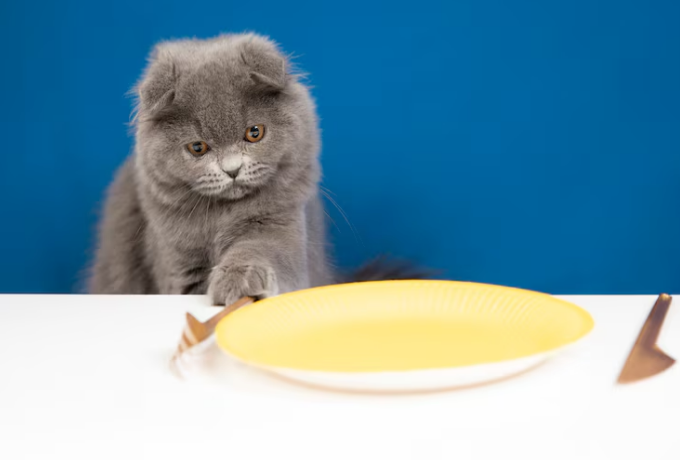
Pizza looks innocent enough. Gooey cheese, a crispy crust, that comforting smell. But for a cat? It’s a mixed bag of stuff their body doesn’t know what to do with. Garlic, onion, salty meats, dairy—every slice is a minefield. Even the crust, which seems harmless, is loaded with way more salt and carbs than a cat should be touching.
Some cats steal a bite. Others get handed one like it’s no big deal. You might not see anything off right away. That’s the tricky part—the effects don’t always hit instantly, but they don’t disappear, either.
What follows isn’t guesswork or recycled pet blog fluff. It's straightforward, no-BS info that helps you actually know what happens when your cat eats pizza—and what to do if they already have. This stuff matters, even if nobody brings it up during your routine vet check.
Here’s what we’re covering:
● The truth about whether cats can eat pizza (hint: no)
● Ingredient-by-ingredient breakdown of what makes it risky
● What to watch for if your cat has already had some
● How WOpet smart feeders help you avoid these ‘oops’ moments in the first place
Skip the guilt. Skip the guesswork. Let’s break it down.
Pizza wasn’t made with cats in mind. But that doesn’t stop them from trying to swipe a piece, or people from tossing them a bite without thinking twice.
Here’s the thing: cats really shouldn’t eat pizza. Not because a single bite is some kind of emergency, but because, well, most of what’s on it doesn’t sit right with a cat’s gut. You’ve got fatty meats, sauce laced with garlic, maybe some onions. Each one’s a potential problem.
Cats are built for meat. Pure protein and fat. Not cheese. Not bread. Definitely not marinara. Take pepperoni—it’s salty, packed with preservatives, and way too intense for a cat’s system. Cheese? Loaded with lactose. Most adult cats can’t digest it properly. Tomato sauce? It might have garlic or onion powder mixed in, and yeah, even a little of that stuff is toxic to cats.
According to a study, ingredients like garlic, onions, and chives (yep, those hide in pizza more often than you'd guess) can mess with a cat’s stomach and even damage red blood cells. The danger’s subtle—baked right into sauces, hidden in crusts. This isn’t fear-mongering. It’s reading the label before it bites back.
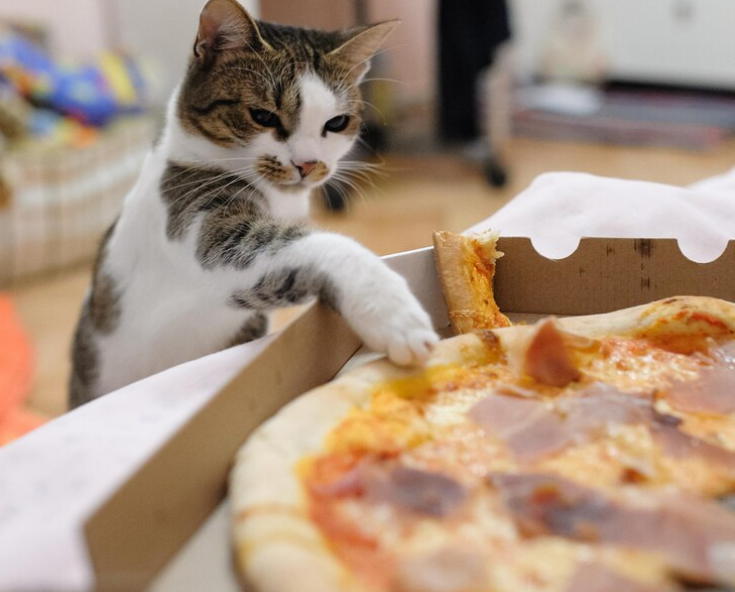
Sure, not every pizza is built the same way. But let’s be honest—most slices share the same usual suspects. And almost all of them? Way more human-friendly than cat-safe. Here's where things start to fall apart for your feline.
● Cheese – Mozzarella might seem mild, but it’s loaded with lactose. And most adult cats? They don’t produce enough lactase to break it down. Result? Bloating. Gas. Diarrhea. Some pizzas even mix in sharper cheeses like cheddar or parmesan—saltier, heavier, even worse for their gut.
● Tomato sauce – Tomatoes alone aren’t the enemy. But the sauce? That’s where garlic, onion powder, sugar, and salt get snuck in. These don’t just upset stomachs—they stir up inflammation and irritation that can mess with digestion fast.
● Garlic and onion – Doesn’t matter if it’s fresh, powdered, or baked into the crust—both hit red blood cells hard. Over time, even tiny amounts can lead to anemia. And since they’re everywhere (sauces, oils, meats), they’re easy to miss.
● Processed meats – Think pepperoni or sausage. Fat-heavy. Salt-loaded. Preservative-packed. You’ll usually find extras like nitrites, garlic powder, and paprika. That mix? It spikes thirst, stresses the kidneys, and leaves the stomach struggling to keep up.
● Crust – It’s not just bread. It’s starchy, nutrient-light, and often slathered in garlic butter or topped with seeds and herbs. Cats gain weight fast off that stuff. And they’re not built to burn it off like we are.
● Fats and oils – Between the baking oils and the cheese grease, fat levels get out of hand quickly. Cats don’t process these the way we do. In some cases, especially with frequent intake, it’s enough to tip them into pancreatitis territory.
One ingredient might not spark a fire. But together? These build up. Slowly. Quietly. One small bite might slide by—but repeat it enough times, and the damage doesn’t stay invisible.
If your cat snagged a bite off the plate, off the floor, it doesn’t matter—timing becomes part of the equation. Some symptoms creep in slowly. Others? They hit quickly. You’ll want to keep your eyes peeled. Small changes can signal bigger issues.
Vomiting or Diarrhea
When digestion throws a fit, it usually shows up here first. Cheese, oils, and meat grease—they don’t land softly.
Why it happens
● Lactose ferments in the gut. That gets messy.
● Fat ramps up stomach acid.
● And then there’s the seasoning—some of it tears right through the gut microbiome.
Watch for
● Vomiting more than twice in 12 hours
● Loose, funky-smelling stool
● Any blood or mucus—definitely not normal
What to do? Skip food for 8 to 12 hours (but only if your vet agrees). Keep water fresh and accessible. Hydration drops faster than you'd expect, especially in older cats or kittens.
Lethargy or Weakness
Suddenly low energy? Not wanting to move? Could be minor. Could be a red flag. Especially if garlic or onion was involved.
Why it happens
● Thiosulfates in garlic/onion hit red blood cells hard—less oxygen = more sluggish
● Extra salt or fat throws off the basic chemistry inside the body
Watch for
● Sleeping longer than usual, barely moving
● Delayed reactions to sounds, touch
● Skipping grooming—cats don't usually skip grooming
What to do? Ask your vet for a CBC (blood count). Don’t try supplements or energy boosters on your own—those might stack more problems.
Excessive Drooling
A bit of sauce can lead to a lot of spit. Weird, but it tracks.
Why it happens
● Spicy or acidic toppings hit the inside of the mouth
● Nausea kicks in, and drooling follows
Watch for
● Foamy or stringy saliva that keeps dripping
● Scratching at the mouth or trying to shake it off
● Turning away from food or water bowls
What to do? If your cat lets you, check their mouth gently—look for sores or redness. If the drooling lasts a couple of hours or comes with gagging or vomiting, call your vet. Don’t wait it out.
Increased Thirst or Urination
Too much salt doesn’t go unnoticed. The kidneys step in fast to balance things out.
Why it happens
● Sodium pulls in water, raising pressure
● The body compensates by flushing it out—fast
Watch for
● Heavy litter box use
● Empty water bowls that used to stay full
● Sticky gums or sunken eyes—dehydration signs
What to do? Chronic thirst or urination changes aren’t something to brush off. Even if your cat seems fine otherwise, call the vet. They’ll likely ask for a urinalysis or electrolyte test to rule out kidney trouble.
Abdominal Sensitivity
If your cat’s belly goes from soft to stiff—or they don’t want it touched at all—something’s wrong inside.
Why it happens
● Fat triggers enzymes from the pancreas
● In sensitive cats, this sparks inflammation, sometimes pancreatitis
● Garlic butters or spice oils push things further
Watch for
● Pulling away or hissing when you touch the stomach
● Tense, hard abdomen
● Arched back, not lying down—trying to protect the belly
What to do? Don’t press or poke. Pain here could mean pancreatitis, and that’s serious. Your vet may run bloodwork for amylase, lipase, or cPLI. The earlier you catch it, the fewer complications down the line.
Pizza accidents don’t always look like emergencies. Until they do. These signs aren’t just ‘keep an eye on it’ moments—they’re the body waving a flag. Pay attention. It matters.
Pizza shouldn’t be on your cat’s plate—but accidents happen. Whether it’s a child dropping crusts or a distracted owner offering a bite out of habit, unplanned feeding is one of the most common causes of gastrointestinal stress in cats. That’s where smart feeding automation changes the game.
WOpet’s smart feeders replace inconsistent hand-feeding with structured, portion-controlled schedules. By removing human error from daily feeding routines, they help prevent those ‘oops’ moments before they happen.
● Controlled Portioning and Scheduling: With manual feeding, even small deviations—like doubling a scoop or adding a table scrap—can throw off your cat’s digestion. WOpet feeders allow you to set exact portion sizes and feeding times from your phone. That removes impulse feeding, overfeeding, or food swapping from the equation entirely.
● Built-In Monitoring Features: The camera sees it all. Not in a creepy way—more like, ‘oh, that’s why the bowl’s empty again.’ You watch what they eat, catch weird pacing or hovering near the feeder, maybe even notice habits you missed before. Two-way audio? That’s your voice in the room when you’re not. It’s a low-key peace of mind. Way more useful than guessing what happened after the fact. Static bowls don’t give you that kind of insight. They just sit there.
● Reduced Reliance on Human Schedules: Cats don’t wait for a reminder. If you're late, distracted, or not home, feeding delays can lead to food begging—and that’s where mistakes happen. Smart feeders deliver meals automatically and reliably, regardless of your availability. You stay on track. Your cat stays safe.
● App-Based Management: With the WOpet Life app, everything is centralized. You control feeding schedules, adjust quantities, and review feeding history—all from your device. This helps build consistent routines, making it easier to avoid emotional feeding decisions that often lead to unsafe human food exposure.
By combining scheduled delivery, remote oversight, and digital consistency, WOpet feeders help cat owners take the guesswork out of daily meals—and the risk out of accidental treats.
Pizza’s great for you. For cats? It’s more like rolling the dice with their stomach. No real upside, all kinds of weird ingredients stacked in one slice. Once you really see what’s in there—how it messes with digestion, what it triggers—you stop thinking ‘a little won’t hurt.’
You start catching stuff early. Ingredients that seemed harmless? Not anymore. That sniffy behavior near the table? Now you know where it leads. And when accidents happen (because they will), you react quicker. Less panic. More action. The goal? Stop these food slip-ups before they even start.
WOpet steps in here. Feeding becomes automatic. Measured. Predictable. No more glancing at your plate thinking, ‘Eh, maybe a bite.’ The app’s set. The feeder does the rest. You’re not hovering—you’re in control without doing much. No digestive drama. No vet visits tied to dropped crusts. No half-eaten slice mystery. Just steady routines, clear heads, and a healthier cat doing what it should be doing: eating actual food meant for it.
Label:
Popular Post
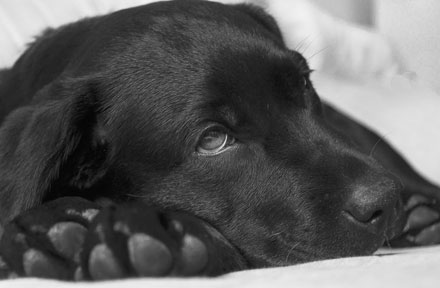
What to Feed a Sick Dog With No Appetite? [2025 Guide]
May 16, 2023
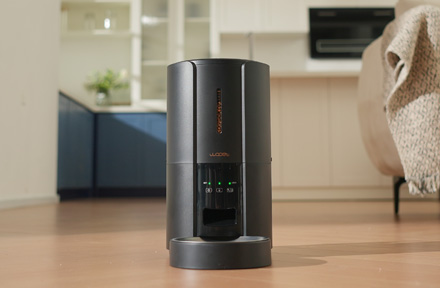
Troubleshooting Common Issues with Automatic Pet Feeders: Tips & Tricks for Pet Owners
Oct 26, 2023
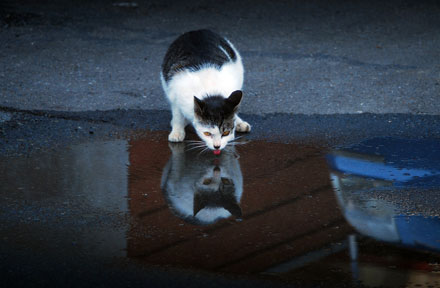
Why Does My Cat Cough After Drinking Water? 8 Potential Reasons
Mar 13, 2023
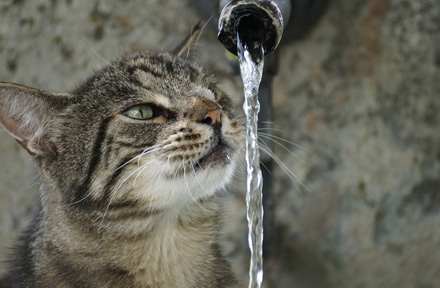
Why is My Cat Throwing up Water? Top 5 Causes Here
Feb 08, 2023
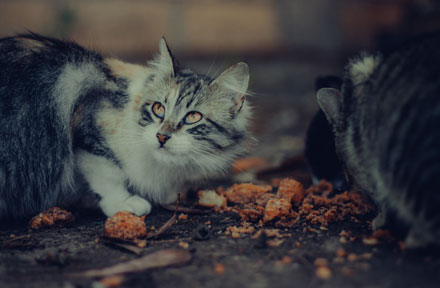
My Cat Only Eats A Little at A Time - What to Do?
Feb 27, 2023
$99.99
$129.99
Copyright © 2025 WOPET. All Rights Reserved.